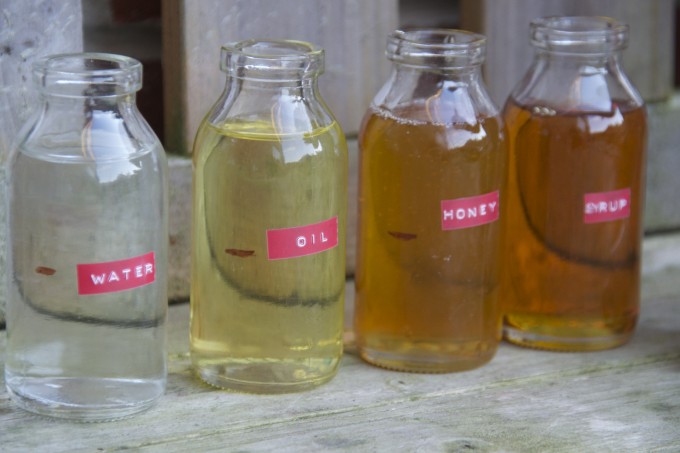

Comparisons of pH readings to those from a commercial glass-bodied pH meter indicated that the planar electrodes provided predictable pH deviations that were confined to a limited range. The viscosity effects on pH reading errors became more pronounced as solution viscosity increased. Specificity to pH changes measured by the planar IrOx-Ag/AgCl pH electrodes showed how the potential-pH calibration should consider the interference effect of salt. The mechanisms affecting output potentials are explained and results matched well for two different thickening agents. Suitable calibration techniques using aqueous buffer solutions were studied for output potentials and their respective pH readings in viscous salt-added solutions. Sensing performances in a wide range of viscous conditions with various concentrations of added salt have been analyzed to study their effects on pH-sensing responses. The sensitivities were reduced when salt was added into the buffer solutions, although output potentials were increased.

The electrode originally produced a response of −70.1 mV/pH at room temperature in aqueous solutions. Cyclic voltammetry was performed in different pH solutions. The small form factors of the planar flexible electrodes provide an advantage in small volume or conformal surface measurements. A reference electrode was prepared by screen printing Ag/AgCl ink on the same polyimide substrate. In this study, planar and flexible electrochemical pH sensors with iridium oxide as the sensing film have been developed by sol-gel and oxidation processes. Commercial glass-type electrodes have practical limitations, such as bulky sizes and membrane clogging in viscous environments. The equivalency of pH measurements between aqueous and non-aqueous or viscous solutions is of great interest in biomedical applications as well for processing food and pharmaceuticals.


 0 kommentar(er)
0 kommentar(er)
